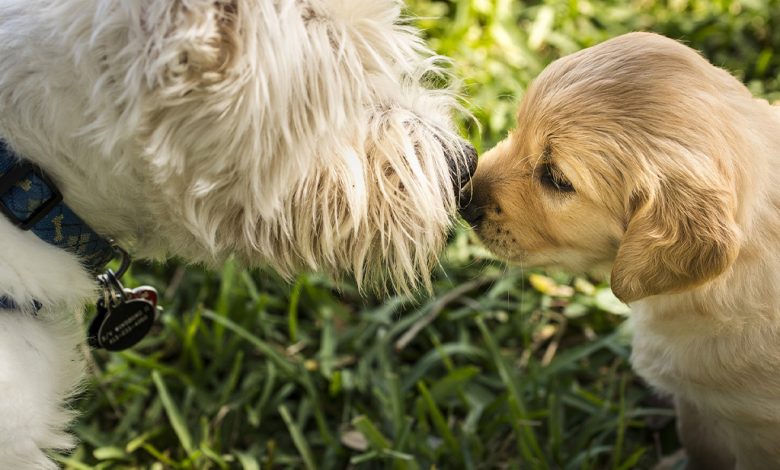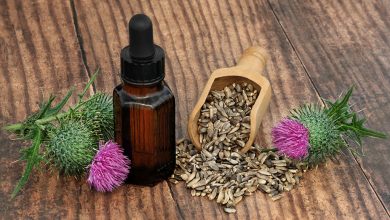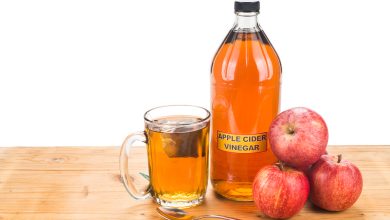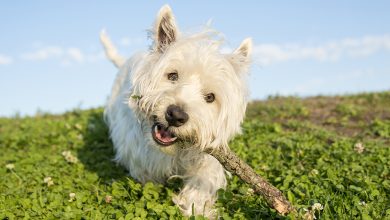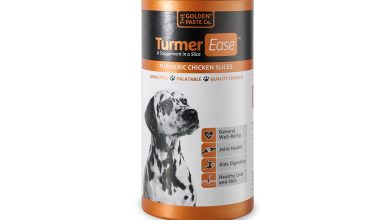The Gut-Skin Connection: Yeast infection detection and dietary solutions
BY ALISON FROST
If your dog is itchy and irritated, and you can’t figure out why, yeast may be the culprit. The symptoms caused by yeast in the body can vary and range from minor annoyance to majorly debilitating and are sadly all too common amongst our canine friends.
Awareness of this condition is especially important for Westie pet parents, as West Highland White Terriers are predisposed to yeast issues. Thankfully, there are ways to identify yeast infections in dogs and treat the condition naturally through diet.
What is a yeast infection in dogs?
Yeast infection occurs when the yeast naturally occurring in your dog’s body multiplies and becomes imbalanced, causing uncomfortable symptoms and can worsen seasonally or year-round, depending on the type of yeast and the dog’s natural defences.
The primary yeast species causing problems in dogs are Malassezia and Candida albicans; both are usually kept in check by good bacteria in the dog’s digestive tract. An overgrowth can occur if there’s an imbalance in gut bacteria.
There are a number of breeds predisposed genetically to yeast issues, such as Bulldogs, Shar Peis and, unfortunately, the West Highland White Terrier. Experts have identified Malassezia as the most common yeast issue for our Westie Besties.
Causes of yeast infections in dogs
Yeast issues in dogs have several causes. One of the most influential factors is the dog’s diet. Yeast thrives on sugar, so a high carbohydrate kibble-based diet made from ingredients such as grains, starchy vegetables, and high-glycaemic fruits creates the ideal environment for yeast to multiply and thrive.
Frequent or long-term antibiotic use, along with steroids, also play a role in yeast imbalance. Such medications disrupt the balance of gut bacteria, meaning the strains of microorganisms that keep the yeast in check are outnumbered and can’t do their job.
Certain fermented foods, while beneficial for gut health, can also exacerbate yeast issues due to histamine content and prebiotic fuel that feeds yeast.
Meanwhile, other contributors include hot and humid environments, chemical parasite control, environmental allergens, and compromised immune systems.
Signs of yeast imbalance
Yeast overgrowth in dogs can manifest through various symptoms, including constant itching, scratching, chewing paws, rusty fur between toes, frequent ear infections, tear stains, smelly or greasy coat, hair loss, blackened skin, hot spots, and secondary bacterial infections. These symptoms are often mistaken for allergies or food sensitivities. Diagnosis is essential, as the dietary and supplementary protocols used to support each condition differ.
I would always recommend you seek guidance from a holistic vet to establish the cause of any health condition. Holistic vets can dovetail any medical treatment plans required with natural remedies and nutritional support.
If excessive itching is your best friend’s primary symptom, remember there may be other reasons for the irritation. Read ProDog Raw’s guide to helping an itchy dog to learn more.
Identifying signs of yeast imbalance
Preferred hiding places for yeast are areas of the body that are warm and moist. Check your canine pal’s toes, under arms/legs, in the ears, between skin folds, and around genitals; all ideal paces for yeast growth to develop.
You can also purchase at-home yeast testing kits via Feclab, which can often be a quick way to determine whether yeast imbalance is the culprit for your bestie’s discomfort. USE code PDR10 for 10% discount code.
Resolving yeast infections in dogs
Establishing the ideal natural regime to beat yeast imbalance in your dog takes time and patience. Our dogs are unique, so part of the process is introducing changes and finding out what works and what doesn’t through close observation.
Although a holistic approach may not provide a quick fix, taking the time with small steps to treat the root cause means once you find your dog’s ideal fungus-fighting protocol, they will start to improve and feel better. Medications generally act as temporary plaster, as such, can be helpful in the short term to minimise immediate distress. However, I always advise combining natural dietary and supplemental support to resolve the condition at the core, whilst working with your vet to wean off any immune suppressing medication.
The critical first step is to adjust your dog’s diet to eliminate sugar sources. Transitioning to a raw, quality meat-based diet automatically eliminates the sugary and starchy foods that yeast thrives on.
Natural remedies and supplements complement a fresh, raw diet when addressing yeast imbalance. But before we get into that, I want to make clear the importance of always doing your research and getting professional guidance. Consult a holistic vet and/or canine nutritionist for tailored advice. As I mentioned earlier, every dog is different with varying levels of yeast, therefore, whilst general guidance points are universal, the intricacies of what will work for each dog will vary; getting customised advice is critical.
With this in mind, my recommendation to pet parents is a product kit that helps to combat yeast in a gentle tried and tested solution— Adored Beast Yeasty Beast by Vet Dr Julie Ann Lee. There are of course other natural anti-fungal solutions, but these need to be dosed via professional guidance and protocols will vary between dogs.
Detox symptoms may occur as yeast dies off, so a gradual approach is important. The more yeast a dog has, generally the worse the die off symptoms, so it’s important to go slowly. Supporting the liver and kidneys with hydration and natural cleansing agents helps manage detox symptoms. Meanwhile, adding dietary supplements will also support your dog in dealing with the elimination of toxins; some of my go-to recommendations for this phase of the process are :
- Milk thistle
- Dandelion leaf
- Nettle
- Digestive enzymes between meals
*Please note, some of the above-mentioned supplements are included in the Adored Beast Yeasty Beast product kit.
In addition, colostrum supplement and probiotics can aid in recovery once the yeast overgrowth is reduced. However, introduce probiotics cautiously, as they can cause yeast die off if introduced too early. Natural topical relief includes using colostrum paste (colostrum powder mixed with a little water), green tea or apple cider vinegar rinse for irritated areas if your dog doesn’t have any broken skin.
Consistency is Key
With commitment and consistency, your dog’s life can be transformed. Once the misery and discomfort of the immediate symptoms are reduced, you may be surprised to see the immense difference it makes to your dog’s happiness and vitality. I speak daily with clients, helping them navigate such conditions through diet, and I’m always overjoyed to see and hear the transformations that take place following the elimination of the foods that fuel the problems and the introduction of those that help dogs thrive.
On a final note, recovery takes time and documenting progress can help during moments of doubt. Consulting expert nutritional advisors can guide you through your dog’s recovery journey. By understanding the causes, symptoms, and treatment options, you can help your bestie live the life they deserve.
Alison Frost is a Canine Nutritionist and is Head of Nutrition and Product Development at ProDog Raw.


